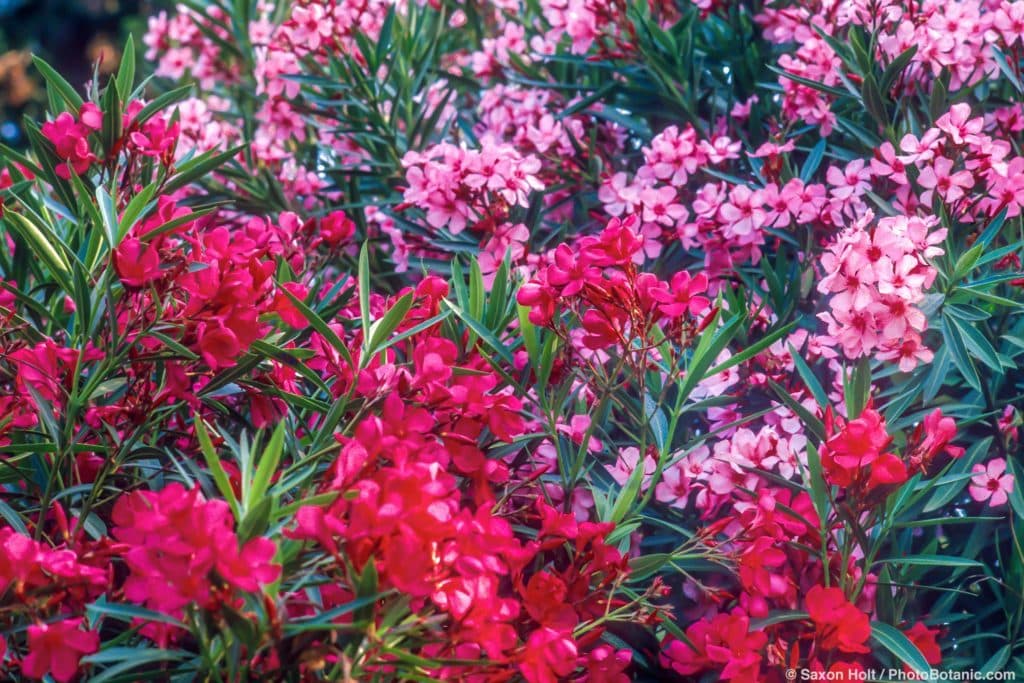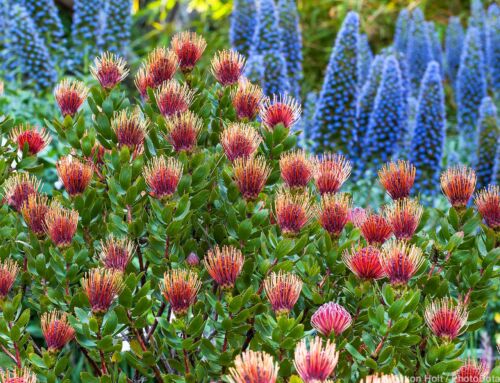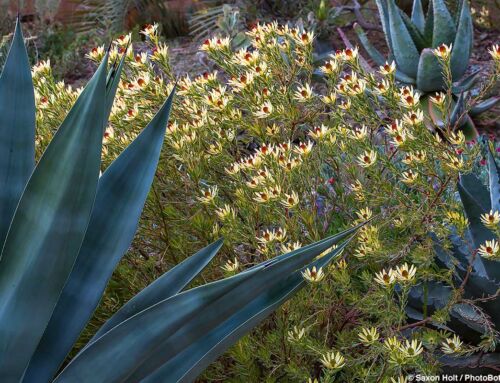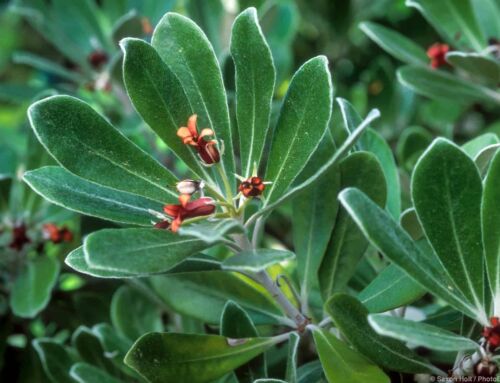
Nerium oleander
Every so often it is worth reconsidering a once wildly popular plant that, apparently for no reason other than overexposure, has fallen completely out of favor. Agapanthus is one of those plants. Oleander (Nerium oleander) is certainly another.
Overplanted in housing developments and along freeways in the 1960s and ‘70s, oleanders now seem to be seldom planted except by those who appreciate the dense screening provided by their lush evergreen foliage, their lengthy period of exuberant flowering, and their robust constitution.
Oleanders are astonishingly tolerant of drought, reflected heat, wind, salt spray, poor soil, neglect, severe pruning, and almost every other insult that can be directed their way. Other than full sun and occasional summer water until fully established (which can be five years or more), oleanders seem to have few requirements. One thing they cannot stand is prolonged freezing, although even from that they may quickly recover.
Forty years ago I planted oleanders in gardens I made for others. Twenty-five years ago I planted them in my own garden as a screen between me and my neighbors. A dozen years ago I cut them to the ground and authorized their destruction by backhoe during a major garden renovation. They sprang up again and are still thriving. Faced with such determination, who am I to say they cannot remain?
Native to or naturalized in warm temperate and subtropical areas from southern Europe and north Africa east to southwest Asia, oleanders are upright woody shrubs eight to ten feet tall and wide, although there are dwarf cultivars half that size and others that reach heights of eighteen to twenty feet. All have long, narrow, lance-shaped leaves and funnel-shaped flowers in showy clusters at the ends of branches. Flowers are pink, red, white, salmon, or yellow and some are lightly scented though, lacking nectar, they are not noticeably attractive to bees and butterflies.





Leave A Comment